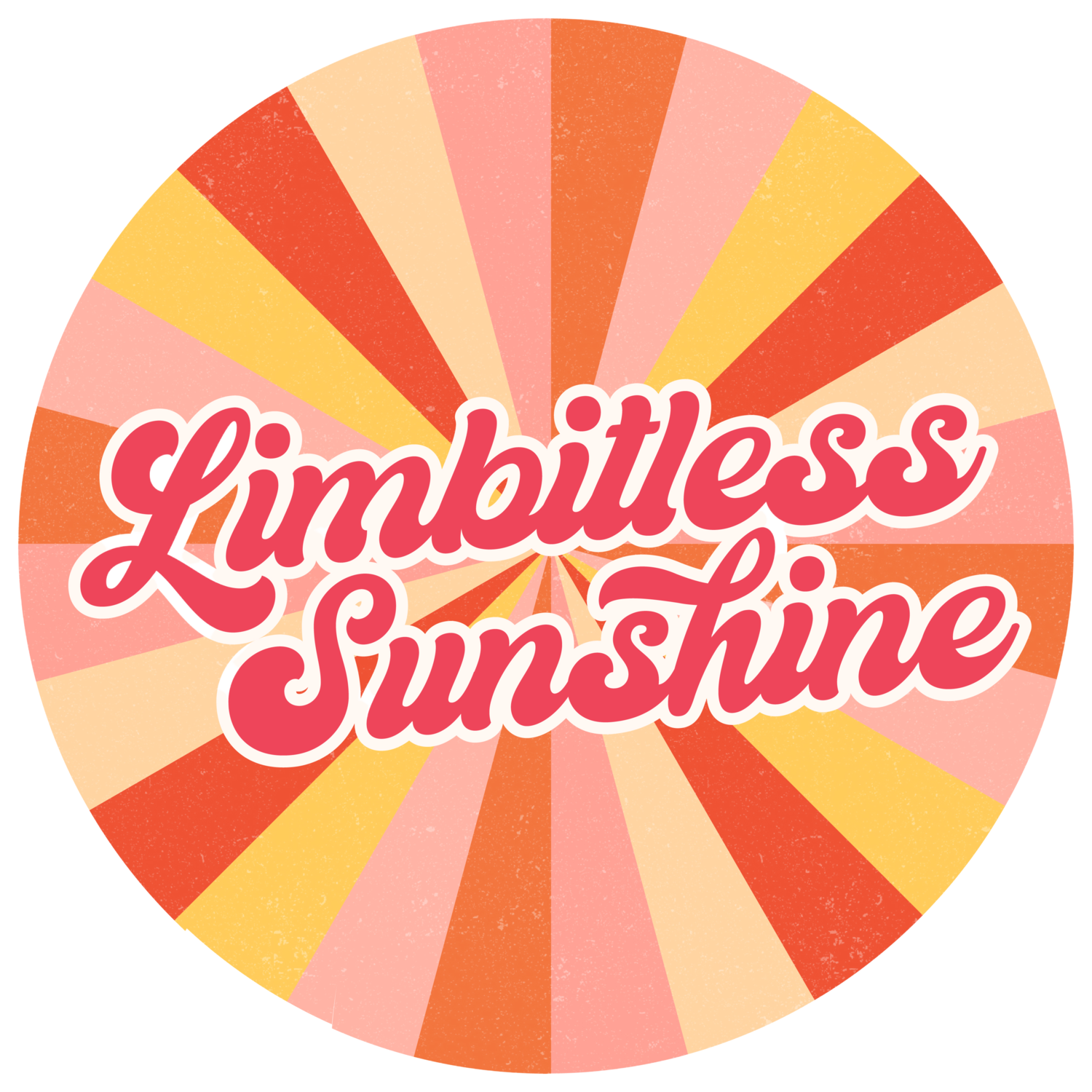San Francisco Accessibility
Last week, I shared with you my experience flying for the first time since my limb loss. Navigating the airport held a lot of unknowns, but not as many as a city I had never visited with the kind of hills that give you the stomach jumps.
I knew that I could put on my prosthesis and walk, slower than most and with a limp, but I could eventually get from point A to point B. My wheelchair, for the most part, is a security blanket. Still, I found myself thinking about everyone who needs a wheelchair daily and wondering what kind of obstacles they might encounter in SF as a tourist.
Hotel ( Kipton Alton)
As I arrived at Kipton Alton Hotel on day one, I was impressed with their accessibility from the start. A ramp to the left of the main entrance was available to bypass the three steps down to the double doors. The doors were fitted with handicapped push buttons, both next to the handle and at the base of the doors. After check-in, I was pleased to find my room also had a similar door set up for wheelchair users. Upon entering, I saw the most beautiful accessible bathroom, an open space with plenty of room to move from the toilet area to the vanity counter (wheelchair height) and roll right into the shower area covered in wall-to-wall white stacked tile with gold fixtures and grab bars. A wood-paneled fold-down shower chair was attached to the wall, and a separate bathtub also adorned in gold fixtures sat across from the shower. If you are disabled, you know how ugly the majority of these modifications can be. I felt that whoever designed this space understood that persons with a disability deserve the same level of luxury that other hotel guests receive. This was a win.
Public Transportation
Now, this is where San Francisco's accessibility truly shines.
The BART train
MUNI Metro
MUNI Bus
AMTRAK Train
These are all wonderful ways to get around the city and all FULLY ACCESSIBLE. These trains and buses allow easy transportation around the city as well as most parks and tourist attractions without having to brave the infamous San Francisco hills.
There are three historic cable cars that require steps for entry and are not fitted for wheelchairs users. They are the following cable car lines:
California (C) line
Powell/Hyde (PH) line
Powell/Mason (PM) line
San Francisco, being a city that was key to the American's With Disabilities Act that we know today, did not disappoint. Considering the geography of the city, I never felt there was an area that I could not reach. As I passed the massive stone government buildings while riding the MUNI, I could not help but think of the 504 sit in that took place on the steps of the department of health, education and welfare building (HEW). It was there that the longest occupation of a federal building in US history took place. Lead by Judy Heumann in 1977. Judy and other protestors demanded that binding right be set for section 504 of The Rehabilitation Act. It said that no person should be “excluded from the participation in, be denied the benefits of, or be subjected to discrimination” under any program receiving Federal dollars. Protestors wanted the language of the law clarified for protection.
I felt some sadness that such an event even needed to take place, but it quickly passed when I thought of the drive for self advocacy that Judy and the protestors felt as they waited to be heard, refusing to go home. It truly is thanks to them and countless other brave souls that our rights exist today.
Wheelchair accessibility resource for San Francisco and many other cities below:






